
A year ago El Charco del Ingenio was selected by the National Council of Science and Technology (CONACYT) for the establishment of an Ethnobotanic Garden, in a program of said federal institution for the creation of these spaces in each of the country's federative entities. And El Charco was the chosen site for the state of Guanajuato.
 Among the commitments with the federal agency, El Charco del Ingenio proposed and carried out an ethnobotanic exhibition, which occupied for four days some of the new facilities under construction. The exhibition had the participation of Dr. Gerardo Salazar Chavez, Head of the National Herbarium (UNAM), and Master Aurelio Nuñez, a researcher professor at the University of Querétaro, who lectured in a face-to-face and virtual way about the "Treasures of the National Herbarium of Mexico" and “Phytonimia Hnahñu of Mesoamerican Plants of Cultural Relevance in Guanajuato", respectively.
Among the commitments with the federal agency, El Charco del Ingenio proposed and carried out an ethnobotanic exhibition, which occupied for four days some of the new facilities under construction. The exhibition had the participation of Dr. Gerardo Salazar Chavez, Head of the National Herbarium (UNAM), and Master Aurelio Nuñez, a researcher professor at the University of Querétaro, who lectured in a face-to-face and virtual way about the "Treasures of the National Herbarium of Mexico" and “Phytonimia Hnahñu of Mesoamerican Plants of Cultural Relevance in Guanajuato", respectively.
 The exhibition “An Inherited Knowledge: Native Plants of Guanajuato” was composed of plant specimens arranged thematically in collections illustrating the different daily practices of the indigenous communities of Northern Guanajuato. It was a simple and accessible sample of the biocultural heritage of our region and the result of the collaboration over a year between El Charco del Ingenio and the CONACYT.
The exhibition “An Inherited Knowledge: Native Plants of Guanajuato” was composed of plant specimens arranged thematically in collections illustrating the different daily practices of the indigenous communities of Northern Guanajuato. It was a simple and accessible sample of the biocultural heritage of our region and the result of the collaboration over a year between El Charco del Ingenio and the CONACYT.
Hñahñu Language: People, Word & Life
 As part of the project sponsored by the CONACYT, the Botanical Garden has arranged the new informative signs guiding four ethnobotanical collections at different parts of the site. The labels show information in three languages: Spanish, English and also Hñahñu (commonly known as Otomi), the language spoken by the original inhabitants of the center of Mexico to this day. These cards were translated into Otomi by Master Aurelio Nuñez, who together with Dr. Edwald Hekking, has dedicated a large part of his life to research on grammar and phytonimia of this living language, still spoken in many communities of the states of Mexico, Querétaro and Guanajuato (including the San Miguel de Allende region). The Hñahñu version at the ethnobotanic labels of El Charco aims to revalue an original language of Mesoamerica, which remains alive and vibrant among the Otomi people that inhabit our territory.
As part of the project sponsored by the CONACYT, the Botanical Garden has arranged the new informative signs guiding four ethnobotanical collections at different parts of the site. The labels show information in three languages: Spanish, English and also Hñahñu (commonly known as Otomi), the language spoken by the original inhabitants of the center of Mexico to this day. These cards were translated into Otomi by Master Aurelio Nuñez, who together with Dr. Edwald Hekking, has dedicated a large part of his life to research on grammar and phytonimia of this living language, still spoken in many communities of the states of Mexico, Querétaro and Guanajuato (including the San Miguel de Allende region). The Hñahñu version at the ethnobotanic labels of El Charco aims to revalue an original language of Mesoamerica, which remains alive and vibrant among the Otomi people that inhabit our territory.

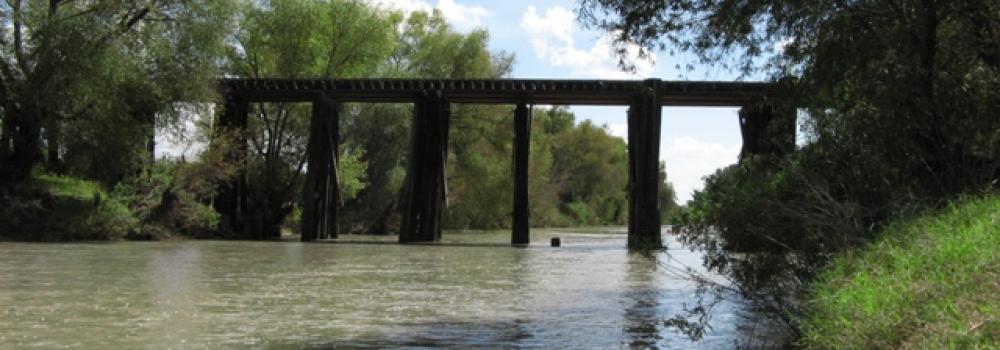


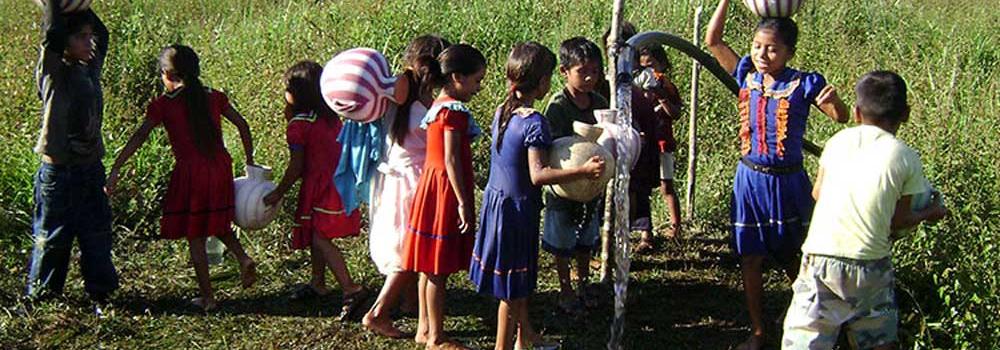

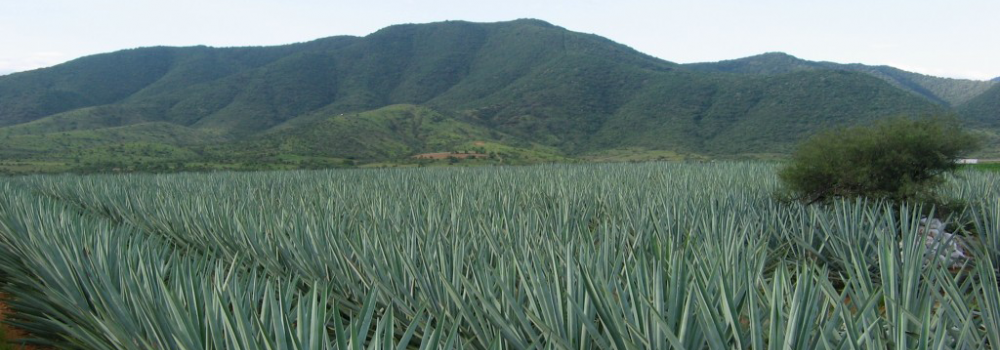
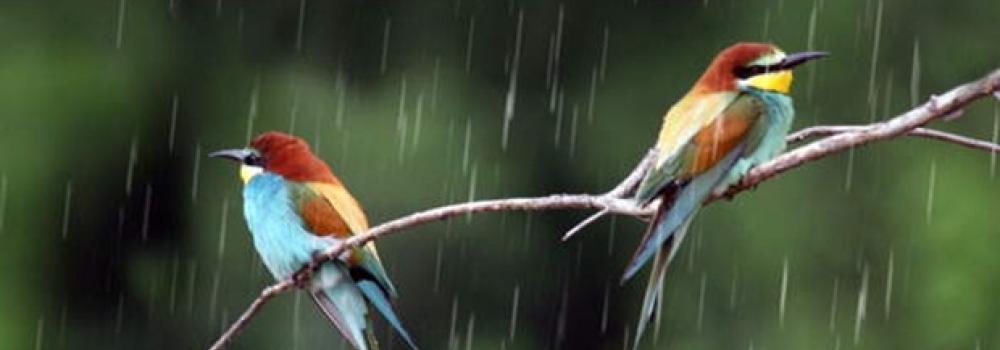
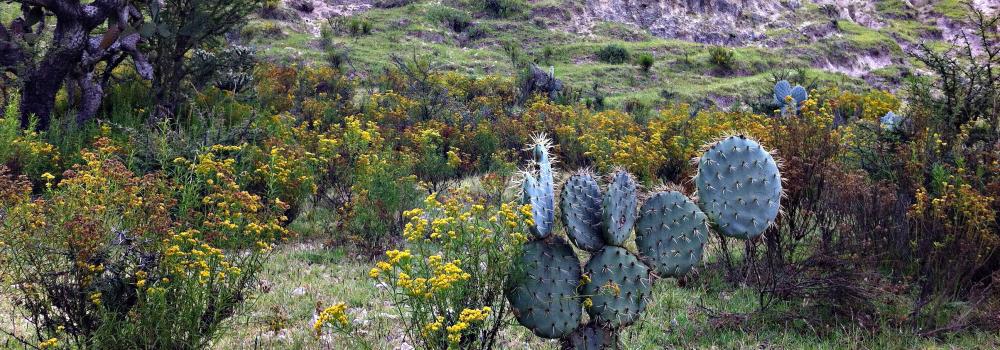
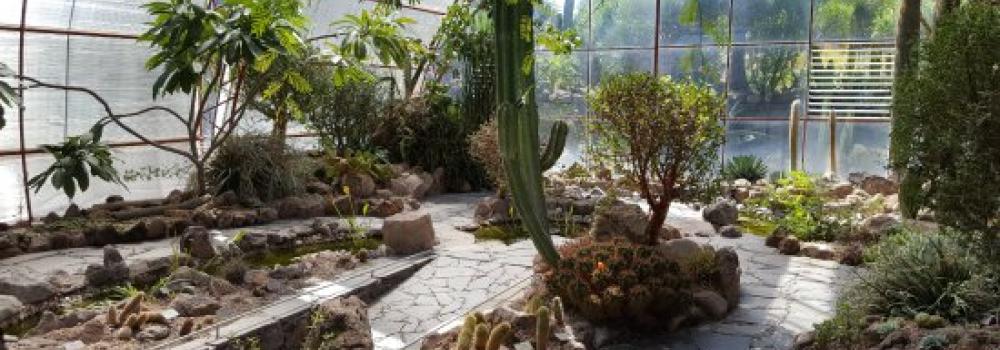
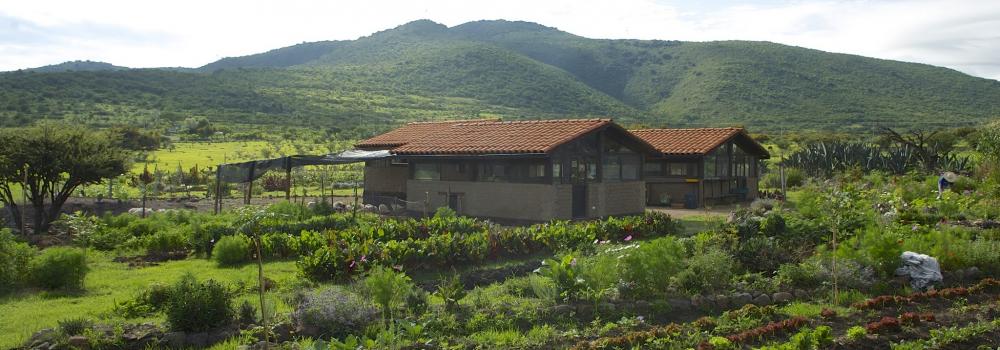
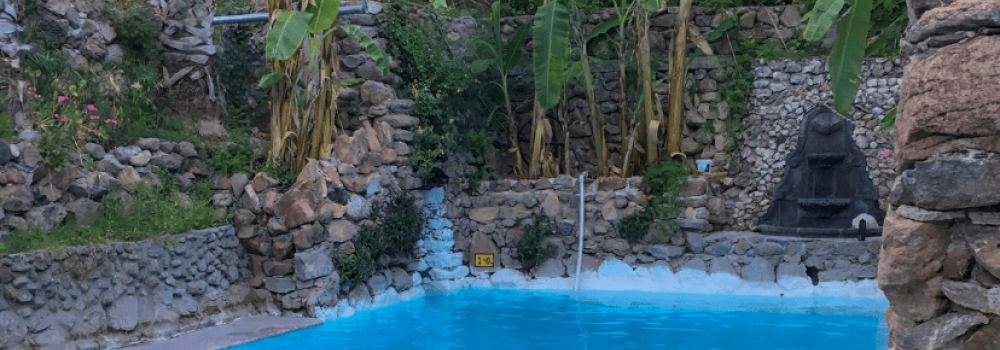

Add new comment